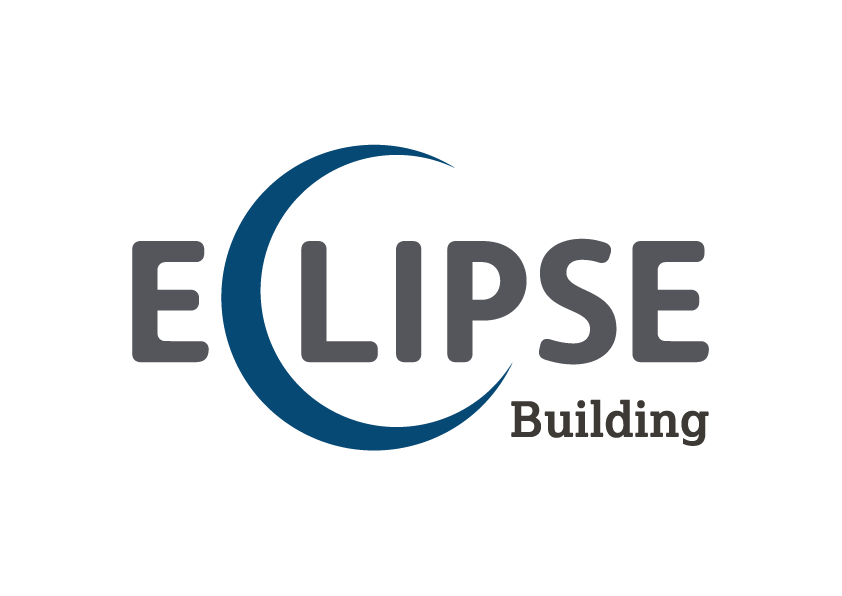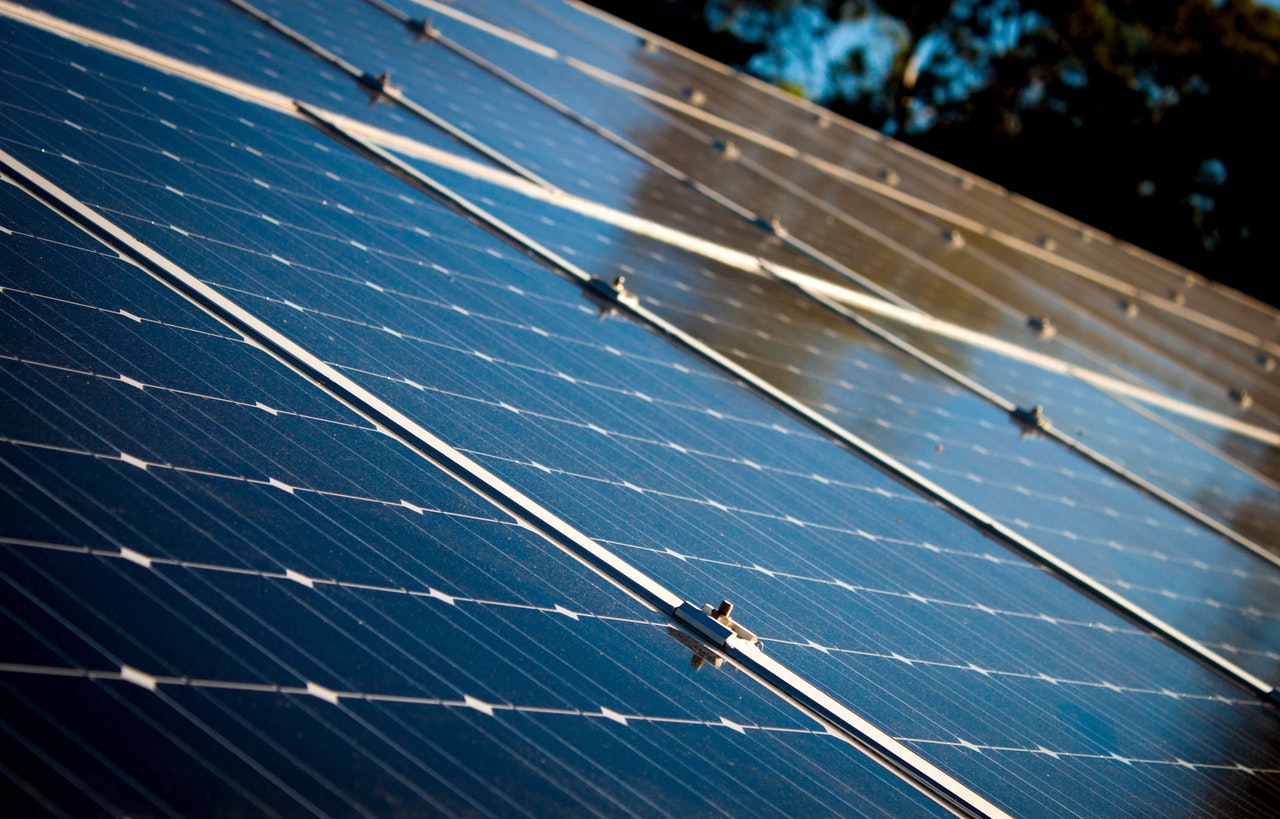As defined by the United States Environmental Protection Agency, green building “is the practice of creating structures and using processes that are environmentally responsible and resource-efficient throughout a building’s life-cycle from sitting to design, construction, operation, maintenance, renovation, and deconstruction. This practice expands and complements the classical building design concerns of economy, utility, durability, and comfort. Green building is also known as a sustainable or high-performance building.”
The central idea of green buildings is to encourage and support the conservation and protection of the environment, while still being able to build a structure that meets its goal. However, there is more to take into consideration before embarking on a sustainable construction project. Check out the top advantages of green building.
Efficiency
Green buildings are built from recycled, non-toxic, natural materials that aren’t too expensive such as reclaimed lumber, bamboo, recycled materials, dimension stone, and sheep wool. These materials require different efficiency building practices and provide a healthier and more sustainable environment.
The meaning of “wasted” is unknown in this type of construction. Everything is recycled.
Property owners can also save on their utility bills, especially electric, as green building many times incorporate renewable energy sources such as geothermal, hydropower, solar energy, and wind power. Architects and contractors with a mind for green building also make a point of incorporating natural light sources such as skylights and energy-efficient appliances and materials such as rooftop solar panels, smart windows, as well as ultra-energy-efficient HVAC systems and water heaters.
Long-term Costs
We’re not going to lie: Green building post a bigger upfront investment because they demand materials that are not mass marketed yet. However, traditional building costs more in the long run because of ongoing costs. There will always be maintenance, renovation, operation or even demolition costs.
This doesn’t imply that green buildings do not need renovation, maintenance, or even demolition as well. But natural and sustainable materials will last longer and provide other cost-saving opportunities down the line, such as lower electric bills and tax incentives.
Easy to Maintain
Green building materials do not require frequent maintenance. Nevertheless, building maintenance staff should have a comprehensive understanding of the green equipment used. As with any other building, regular maintenance should address:
- Pest management
- Heating, ventilation and air conditioning (HVAC) maintenance
- Lighting
- Water fixtures
- Appliances
- Structural defects
- Air quality
Improved Indoor Air Quality
Indoor air quality is of paramount importance. On average, people in industrialized countries spend about 90% of their time indoors.
Over a decade ago, the construction industry introduced products that reduced many potentially harmful chemicals. There is an extensive range of new products that can replace existing flooring, adhesives, paints, and other finishes that are healthier for residents inside homes.
Green buildings reduce indoor air quality problems by providing proper ventilation to allow fresh air to flow through the house, installing an exhaust system for radon gas, avoiding wood products which contain formaldehyde and sealing those which do, using low or no VOC interior paint, solvent-free finishes, and solvent-free construction adhesives.
Renovation projects are a great opportunity to consider incorporating green building practices. If you are toying with the idea, shoot us a message or give us a call to discuss the benefits of sustainable practices in your project.

